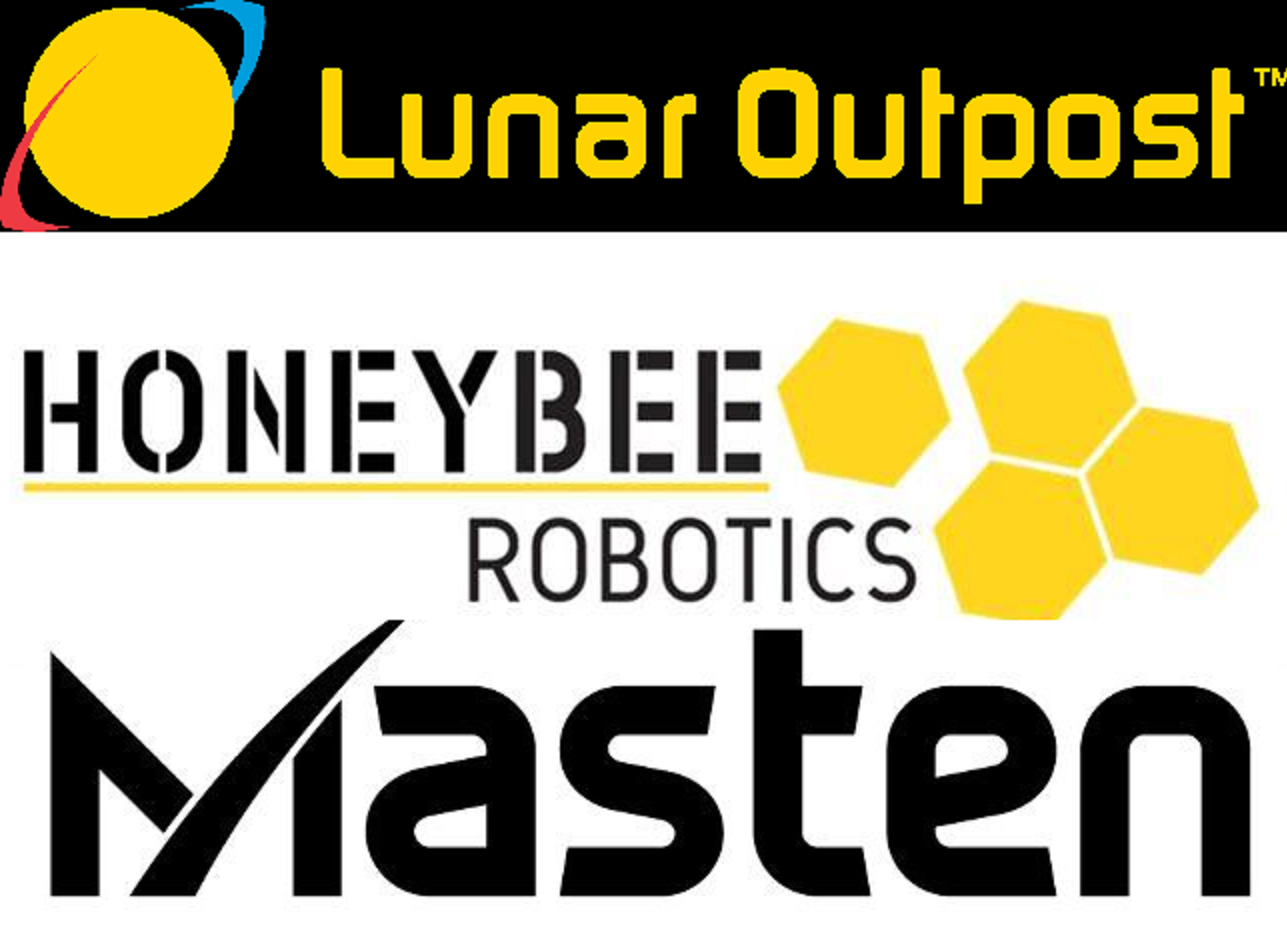Three companies, including Lunar Outpost, Honeybee Robotics, and Masten Space Systems, are developing a novel system aimed at mining water ice from the moon with rockets. The project was recently announced in a blog post shared on Masten's official website.
The polar regions on the Moon are though to contain abundant deposits water ice, especially in the shadowy bottoms of larger craters. According to NASA experts and space exploration enthusiasts, building a permanent settlement on the Moon will depend on astronauts being about to harvest water there. Mining water ice will produce drinking water and oxygen for settlers. In addition to being necessary for astronauts to survive on the Moon, water can also be used to make rocket fuel by breaking it down into oxygen and hydrogen. Water on the Moon could supply a refueling station with fuel for spacecraft on their way to deep space missions.
NASA has issued the “Break the Ice Lunar Challenge” to stimulate the development of mining technology that can be used on the Moon to produce water. Five hundred thousand dollars will be awarded to the most interesting resource-harvesting concepts in the first phase. The winners will be announced on August 13. One of the first prize-hopefuls is a collaboration of Masten Space Systems, Lunar Outpost, and Honeybee Robotics. Their approach is the Rocket Mining System which utilizes a rocket engine attached to an eighteen-hundred-pound rover. First the rover will move to an area rich in water ice. Then the engine will activate, firing lunar gravel and dirt into a low-pressure device able to sift the ice from the Moon rocks. The Masten blog post said that “This system is projected to mine up to 12 craters per day and produce 220 pound of ice per crater.”
All the water ice retrieve from the Moon can also be used to fuel rocket engines. The system should be able to function for up to five years. If this idea can beat the competitors, the Rocket Mining System will probably be carried by a Masten lunar lander. Their first mission to the lunar surface will utilize the Masten XL-1 lander which is scheduled to launch in 2023 atop a SpaceX Falcon 9 rocket. This launch will also lift NASA experiments and several commercial payloads to the south polar region of the Moon.
Lunar Outpost will design and construct the rover to carry the Rocket Mining System. Honeybee Robotics will employ its PlanetVac technology to extract and move lunar ice. In addition to NASA and related commercial projects, China and Russia plan to jointly build a permanent settlement on the Moon. China also has recently revealed long-term plans to build a permanent settlement on Mars. This is not necessarily a “space race”. There is more to learned from a spirit of friendly collaboration and mutual support than competition in the exploration of space.
Spacefaring nations are in the process of working out the terms of Lunar treaties to deal with such issues as possession of areas on the lunar surface and resource access and ownership.
